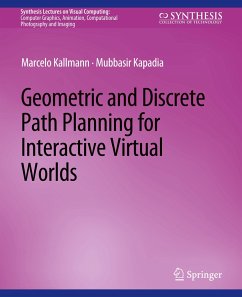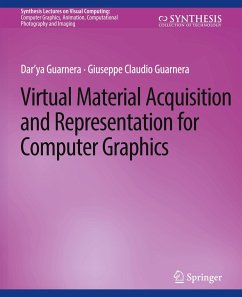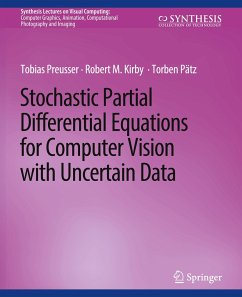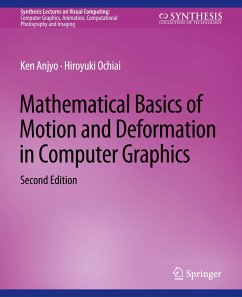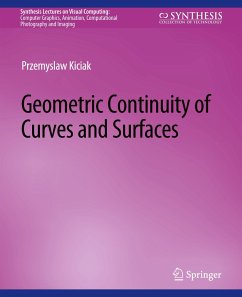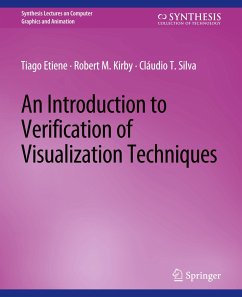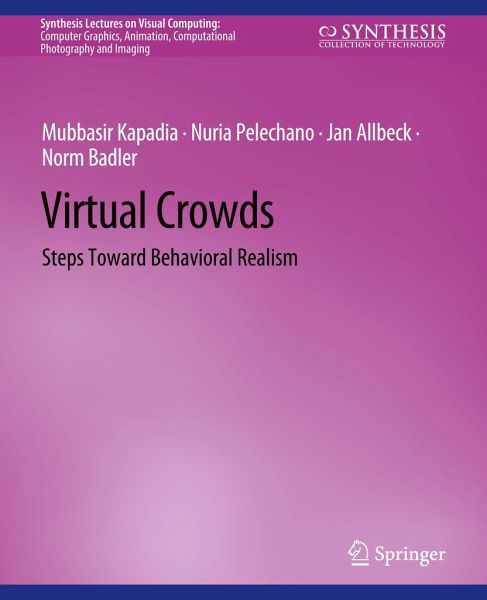
Virtual Crowds
Steps Toward Behavioral Realism

PAYBACK Punkte
0 °P sammeln!
This volume presents novel computational models for representing digital humans and their interactions with other virtual characters and meaningful environments. In this context, we describe efficient algorithms to animate, control, and author human-like agents having their own set of unique capabilities, personalities, and desires. We begin with the lowest level of footstep determination to steer agents in collision-free paths. Steering choices are controlled by navigation in complex environments, including multi-domain planning with dynamically changing situations. Virtual agents are given p...
This volume presents novel computational models for representing digital humans and their interactions with other virtual characters and meaningful environments. In this context, we describe efficient algorithms to animate, control, and author human-like agents having their own set of unique capabilities, personalities, and desires. We begin with the lowest level of footstep determination to steer agents in collision-free paths. Steering choices are controlled by navigation in complex environments, including multi-domain planning with dynamically changing situations. Virtual agents are given perceptual capabilities analogous to those of real people, including sound perception, multi-sense attention, and understanding of environment semantics which affect their behavior choices. The roles and impacts of individual attributes, such as memory and personality are explored. The animation challenges of integrating a number of simultaneous behavior and movement demands on an agent are addressed through an open source software system. Finally, the creation of stories and narratives with groups of agents subject to planning and environmental constraints culminates the presentation.






